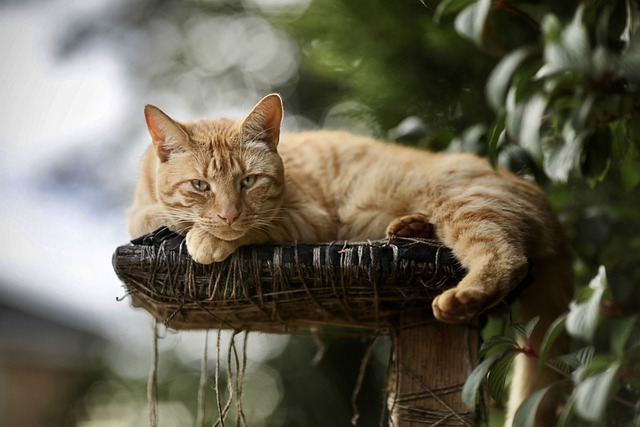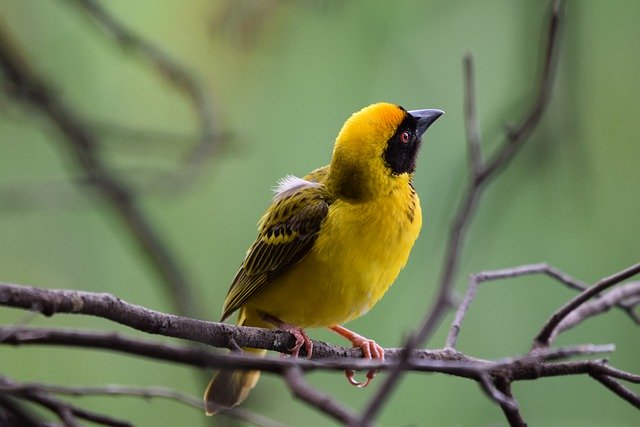The Mindful Awareness Research Center (MARC) at UCLA offers weekly guided meditation podcasts on a wide range of topics and issues. In one of the recent meditation podcasts Diana Winston, Director of Mindfulness Education at MARC focused on “Practices in Difficult Times” – providing several mindfulness practices designed to help us achieve calmness, manage our challenging emotions and express compassion to ourselves and to others who are suffering.
Diana highlighted the fact that challenging events such as the mass shootings in America and the war in Ukraine can generate “emotional inflammation” in us – we can feel strong emotions of anger, grief, rage or sadness. We might feel overwhelmed by others’ inconceivable pain and loss and our own emotional response. We might be confused and continually ask ourselves, “Why the children?”, “Why Ukraine?” or “When will this emotional and physical devastation stop?”
Diana draws on mindfulness practices to help us deal with these challenging times and the emotions they elicit in us. She reminds us that mindfulness involves placing our attention fully on the present moment while being open and curious and accepting what is in our present internal and external reality.
Three mindfulness practices for difficult times
The three mindfulness practices offered by Diana are described, in turn, in the following discussion:
- Calming Practices: Here we are encouraged to tap into the body’s own capacity to generate calm and ease. The primary aim is to achieve groundedness in a way that is conducive to our present needs. We could start by taking a couple of deep breaths and releasing them slowly to let go of the tension within us. There is the option to find a place of ease in our body and focus in on it, e.g., our arms beside our body, our relaxed legs or our fingers joined and pulsating with energy. Diana particularly stressed the power of “feeling the support of the earth” through our feet on the floor or the ground. Our breath with its natural rhythm can provide a basis for experiencing calm and ease (unless, of course, focusing on our breath acts as a trauma stimulus). If attention to our breath is calming, there are many ways to access a relaxed state through mindful breathing practices. We could adopt “micro-practices” such as the 4-7-8 breathing practice often used in yoga, the breathing in time practices (using our breath as a musical instrument) or we could pay attention to the internal physical sensations of our breathing – e.g., the rising and falling of our abdomen or the feeling of air moving in and out of our nose. Diana suggests another alternative is to pay full attention to the sounds in the room or what is being generated externally (especially if we are in a natural setting with the sounds of birds, waves, or wind). Sound can also be used as a calming mindfulness practice as we listen to and sing mantra meditations provided by people like Lulu & Mischka (such as their Rainbow Light song as part of their peaceful Horizon album).
- Holding strong emotions: Normally, people tend to suppress challenging emotions, deny them, or deflect their attention from them by numbing themselves with some form of addictive behaviour such as drinking excessive alcohol, overeating, taking illegal drugs or over-spending while shopping compulsively. Mindfulness experts and psychologists remind us that we need to face up to our emotions or they will cause disruptions in our lives through some form of mental and/or physical illness. Diana encourages us in this guided meditation to pay attention to our challenging emotions and observe how they are manifesting in our body, e.g. tightness in the chest, pain in the arms or neck, headaches, overall stiffness or fibromyalgia (non-specific whole-body pain). Holding on to these strong emotions enables us to deal with them directly and use the healing power of our mind and body to dissipate them. If we experience overwhelm while confronting our strong emotions, we can return to our meditation anchor which could be our breath, external sounds, bodily sensations or music.
- Compassion practice: Diana explains that compassion practice in this context involves ourselves as well as others who may be experiencing suffering and loss. She encourages us to treat ourselves with kindness and compassion as we struggle to deal with our challenging emotions and our misguided attempts to ignore them or numb them. She suggests, then, that we extend loving kindness to others in the world who are experiencing pain, devastation, grief and anger. Diana offers a possible expression of compassion for others in the form of a statement of desire, “May you be freed from pain and suffering and find contentment and ease”.
Reflection
We have a deep well of ease in our bodies that we can access at any time, if only we can let go of our damaging thoughts. As we grow in mindfulness through calming practices, facing our challenging emotions and practising compassion towards ourselves and others, we can gain the insight, courage and capacity to manage ourselves during difficult times. Mindfulness enables us to achieve emotional regulation, self-awareness and the creative drive to be the best we can be. Challenging emotions, left unchecked or ignored, can undermine our endeavours at home or at work.
Over time we can develop a regular mindfulness practice that suits our make-up and that we can undertake on a daily basis (e.g., Tai Chi, mantra meditations, chanting or yoga). This core mindfulness practice can be supplemented by micro-practices that we engage in throughout the day (e.g., when washing our hands, during waiting times, or when boiling the jug). The compound effect of these core and micro-practices is a calm state of mind, enhanced patience and conscious presence.
__________________________________
Image by ChiemSeherin from Pixabay
By Ron Passfield – Copyright (Creative Commons license, Attribution–Non Commercial–No Derivatives)
Disclosure: If you purchase a product through this site, I may earn a commission which will help to pay for the site, the associated Meetup group, and the resources to support the blog.






